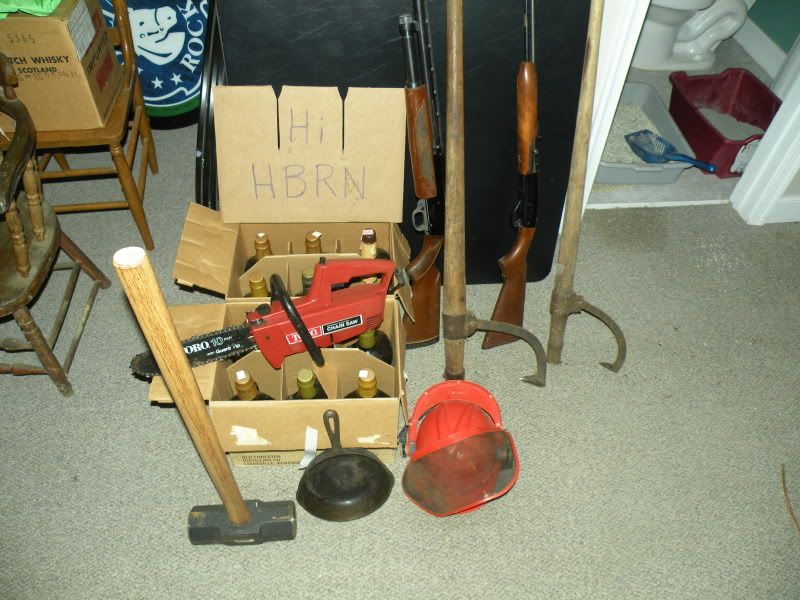Can you share some of the intangibles and learned-through-experience skills you have developed as a seasoned feller or professional? Assume your audience understands the basics of chainsaw safety and use as well as the basics of felling. Imagine the types of situations a farm and ranch or Joe-homeowner type might encounter. Storm damage, dead or diseased trees, clearing fence lines, clearing dead fall, etc. What types of information would you tell such a person to make them more safe and capable?
For example:
- How do you finesse a conventional notch and back cut to help a tree go in the direction you want?
- What are some safe techniques to felling a dead or diseased tree from within a healthy stand without climbing and without it getting hung up in the canopy?
Thanks.
K no B.S.
You can finesse a convention notch the same as any other notch, gun the tree where you want it to fall, make the hold wood adjust for lean, as in cut more on the side with the lean, and less on the side away, causing a crooked hinge. Any other technique is just multiplying this effect.
Dead and rotten trees are a ****ing nightmare, best left to the pro's, that being said, fall em with the lean whenever possible, try not to pound wedges and keep an eye glued to the top. Dead trees can toss their tops back at you at the blink of an eye. Make sure you have very good escape paths 2-3 three good paths you can really run down, and clear space all the way around the base.
With any tree LOOK UP, before you even start the saw, look for dead loose limbs and tops, otherwise know as widowmakers, they can and will fall on you and maim/kill, keep looking up, the top is going to move long before any other part of the tree, watch yer cuts, but be aware of the top.
Do your best to judge actual lean, use a plumb bob or a straight handled axe, but get the lean and limb weights the best of your ability, 90% of the "tree fails" you see on YouTube are simply form misjudging the lean. And then not knowing how to fix a screw up when it starts.
Get some wedges, use them allways, stick em en the backcut as soon as there is room, I still do this even when I don't really need too. Only takes a second but it sure beets having one go backwards.
To avoid hang ups, sometimes its best to clear a path of healthy trees, to let the dead one go through, its not exactly good for the timber stand to be wacking down all the healthy living and marketable trees, but it sure makes things safer.
Clean out yer face cuts, any loose bits of knotch need to be removed, make sure the angle cut lines up with the gun cut, stop and chunk out if you have to, its best not to be chasing one cut and then the other eventually going past the point of no return and falling the tree from the face... or worse causing a barber chair. Cleaning out the cut is like cleaning the sights on a rifle of lint, that lint can cause your shot to go wild, same as leaving crud in the face. There are tricks involving placing stuff in the face, but those are advanced and beyond the scope of this post.
Above all take yer time, plan it out, visualize what you want to happen, when you get tired or feel that something is beyond your abilities walk away, better alive and wimpy then cocky and dead.






